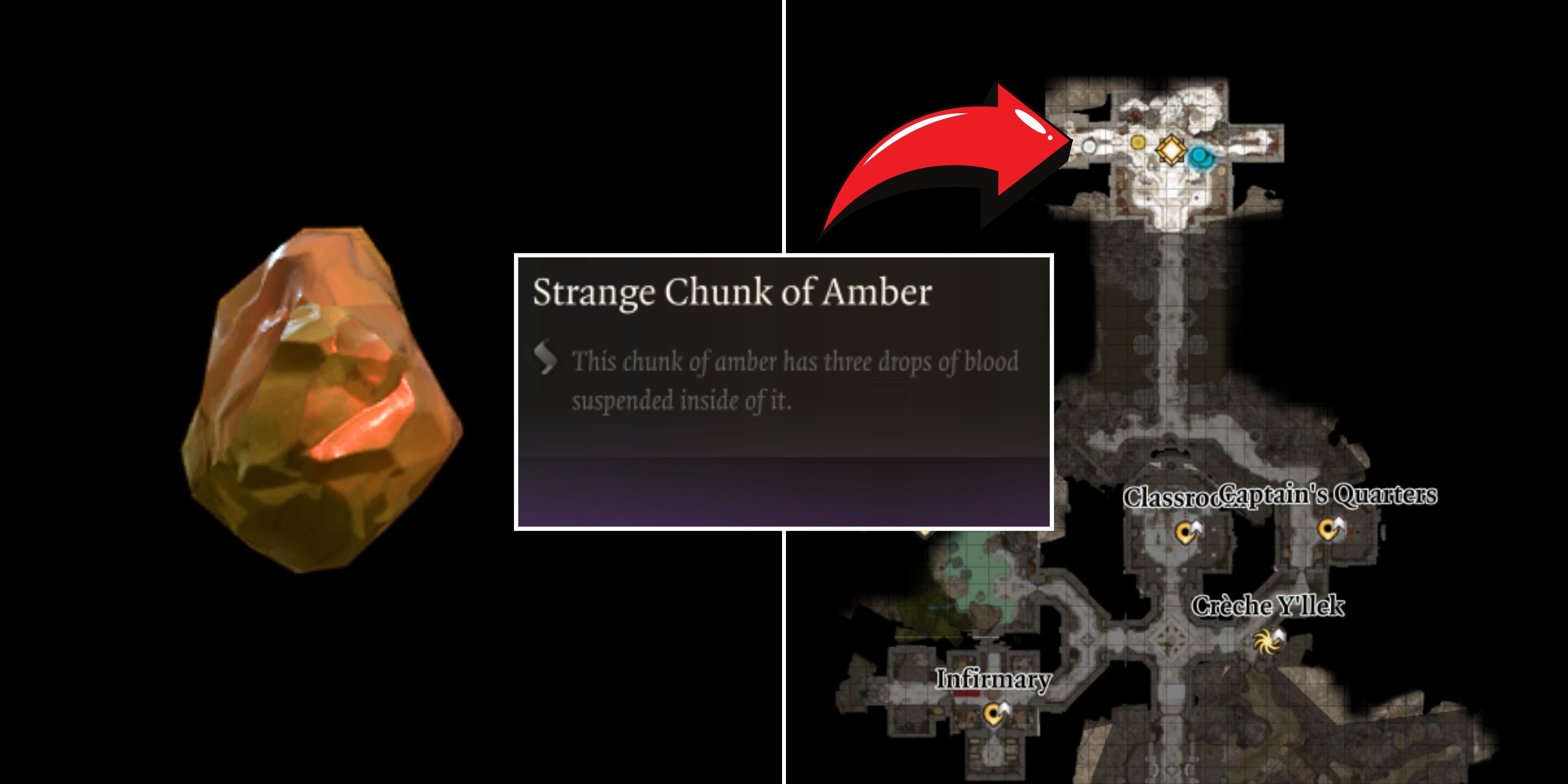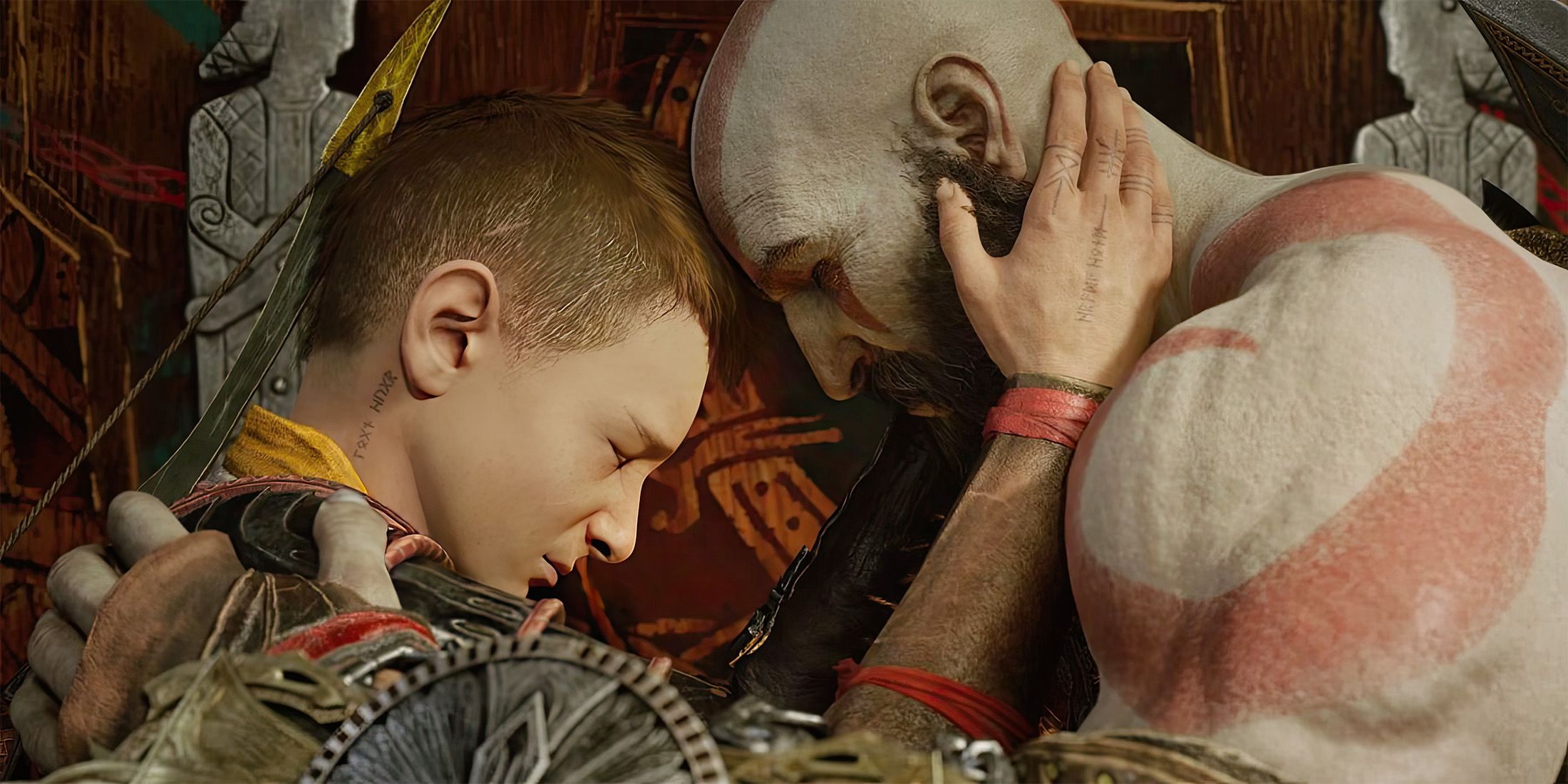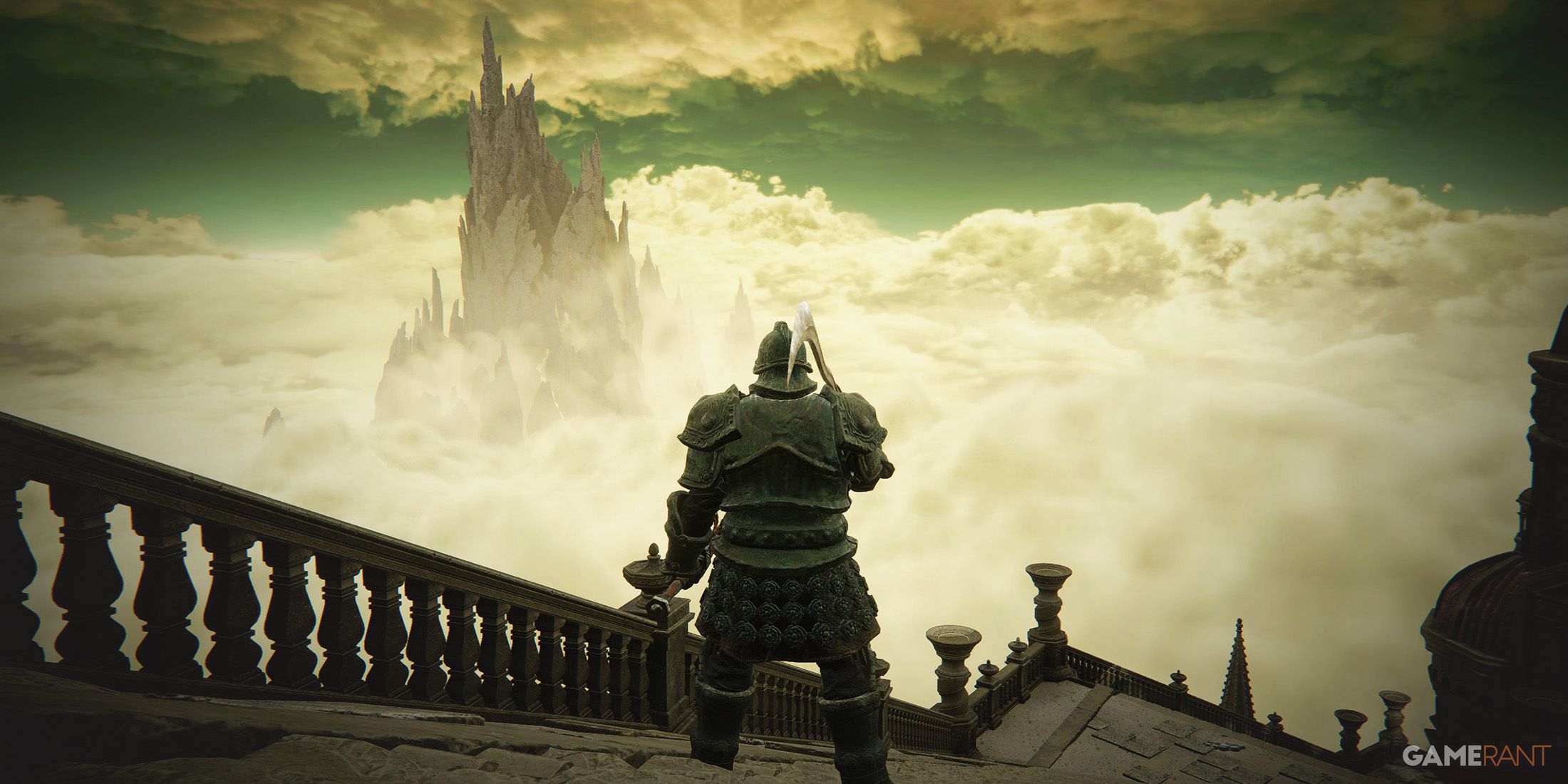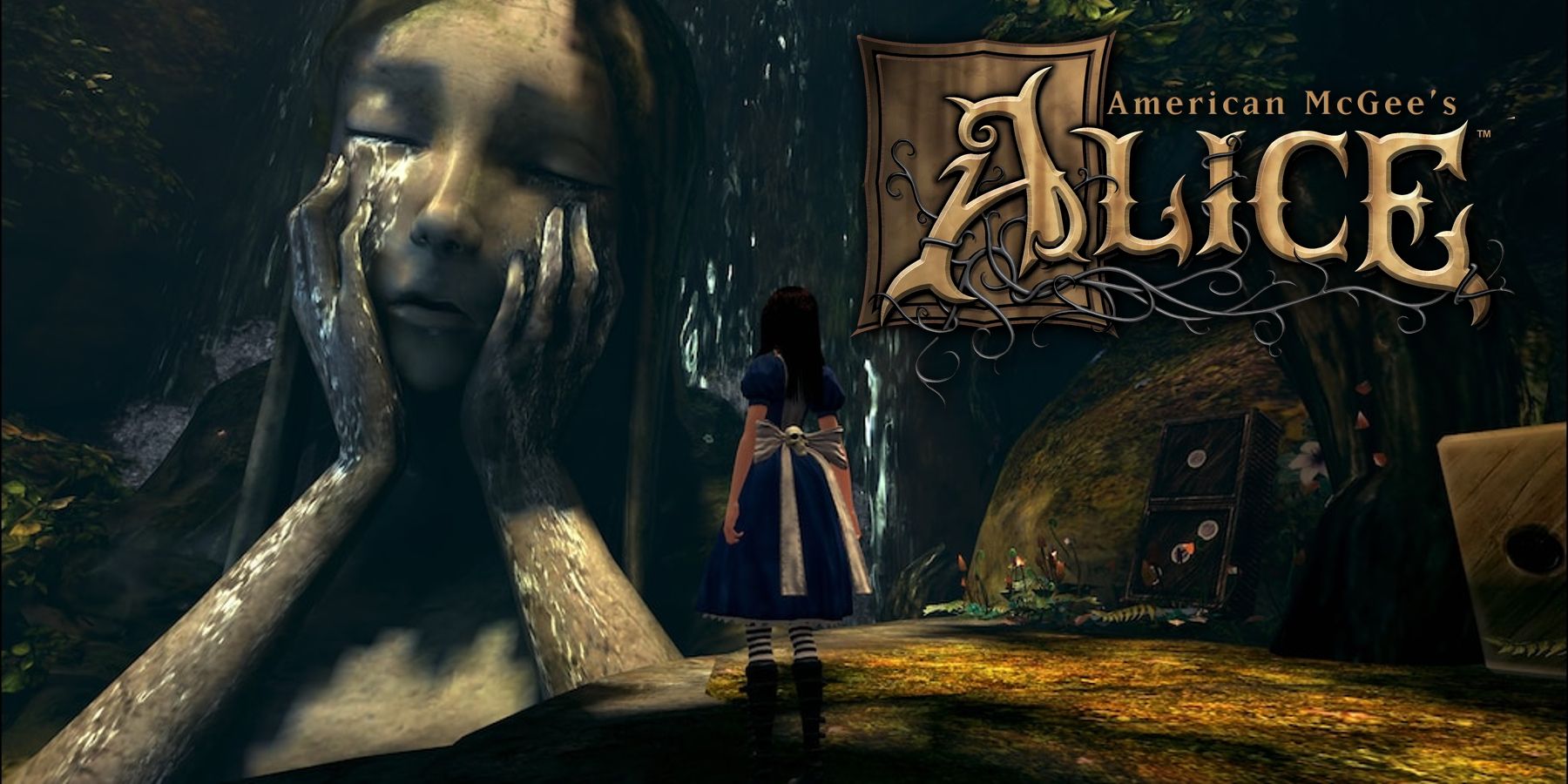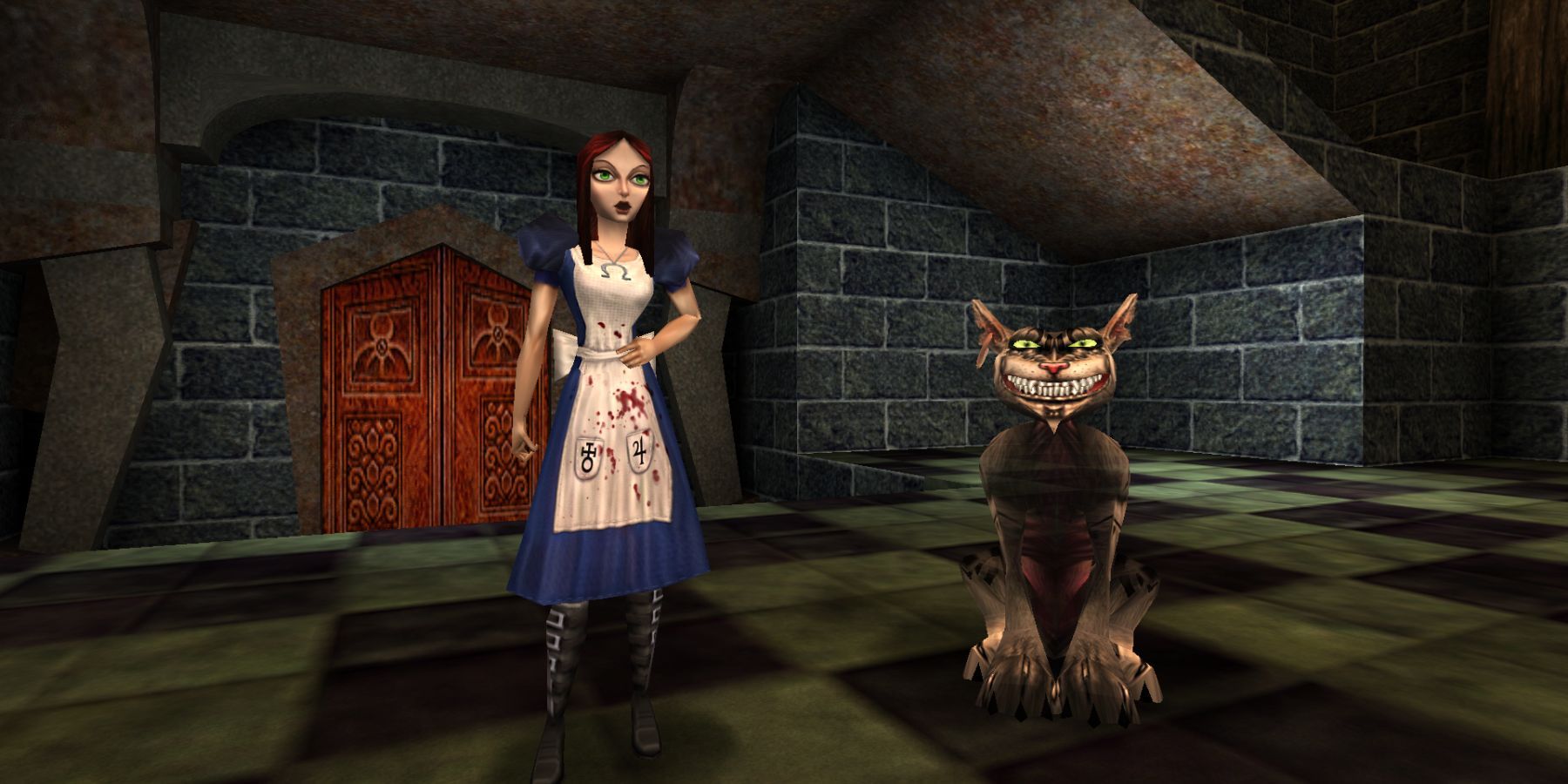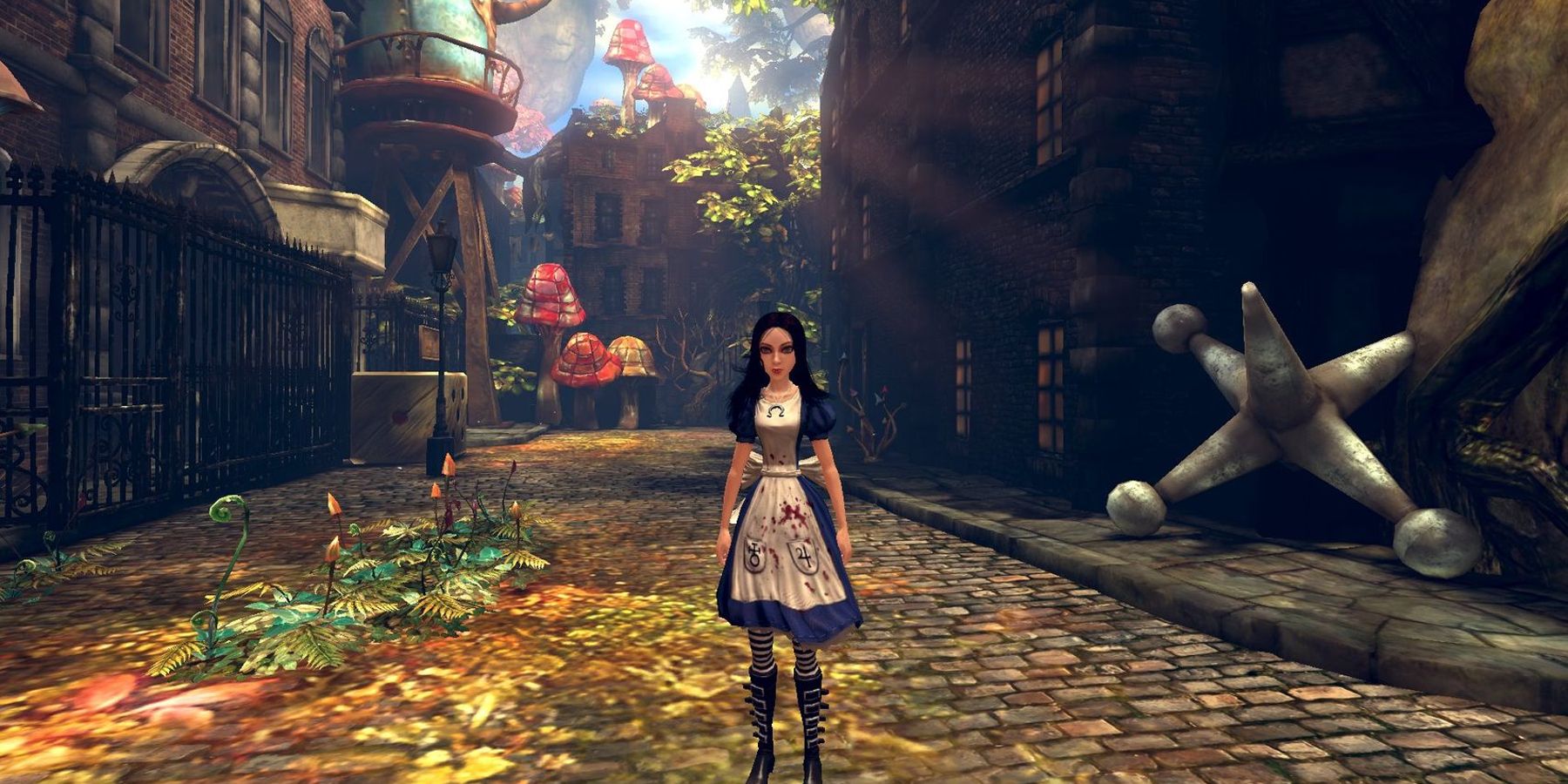American McGee's Alice, and its sequel, Alice: Madness Returns are reimaginings of Lewis Carroll's classic novel, Alice in Wonderland. Carroll's story originally became public domain in England in 1907, and since Carroll died in 1898, the book is also now public domain worldwide. As such, there have been many reimaginings of Alice in Wonderland with various interpretations of Carroll's nonsensical tale. Central to these retellings are different understandings and portrayals of Wonderland; American McGee's games are no different, and like other Alice in Wonderland interpretations, Wonderland comes to represent an imaginary inner world, representing the character's mental state. Since American McGee's Alice is getting a TV adaptation, it's worth exploring these games particular take on Wonderland.
American McGee's Alice and Alice: Madness Returns are set in the 1800s and feature a version of Alice Liddell with severe PTSD who has been in a catatonic state for 10 years following the death of her family in a house fire. Once she emerges from this catatonic state, Alice's journey leads her to find the truth about her parent's death. For this version of Alice, Wonderland serves as a place to retreat from reality in her mind. Originally imagined when she was a child, Alice's Wonderland becomes distorted and dangerous after her catatonic state. More broadly, the games of this series, and the follow-up short films, explore the idea of representing the inner mind through Lewis Carroll's nonsensical land; in the games, Alice's grip on the real world vs Wonderland loosens as her mental state worsens, but it is left ambiguous whether Alice may have abilities related to her visits to Wonderland.
Wonderland
Like in Lewis Carroll's novel, the Wonderland of American McGee's Alice is inhabited by fantastical creatures and incorporates many of the same characters as the book. However, following the death of Alice's family, the Wonderland in the games appears a lot more macabre and twisted. American McGee's Alice features nine different realms in Wonderland, many of which have been distorted by Alice's particular traumas; Alice can find her family home in a realm of Wonderland filled with fire and brimstone, and the Mad Hatter's realm resembles the asylum Alice awoke in following her catatonic state. Within this game, Alice's quest to repair Wonderland seems to actively help heal her own mental state. Once Wonderland is restored to its original state, Alice appears mentally stable and leaves the asylum.
However, Alice: Madness Returns sees Alice return to Wonderland. Once again, Wonderland has been distorted and corrupted. The sequel also presents a version of Wonderland that incorporates many elements from Alice's real life, and in particular, traumatic events from her life. For example, the giant dollhouse in Wonderland represents Alice's shattered sense of childhood, and she must conquer it in order to repair her fractured mental state. Many of the characters found in Wonderland bear a strong resemblance to figures from Alice's actual life too, although throughout the games Alice seems to regard these manifestations as though they are real, independent beings. While the geography and appearance of Wonderland differ between these two games, they both use Wonderland as a representation of Alice working through traumatic experiences.
Londerland and Otherlands
At the end of Alice: Madness Returns, Alice does succeed in learning the truth and defeating the malignant forces in Wonderland. However, rather than returning to the real world, Alice returns to a hybrid version of her real-world location, London, and Wonderland. This ending can be interpreted in two different ways, one of which is that Londerland simply represents Alice's mental deterioration. Considering the incredibly dark subject material this game explores, not least of which is the sexual abuse of children, it makes sense that Alice would eventually merge the two worlds in her mind. However, there are various moments in the game that seem to imply Wonderland exists beyond Alice's mind. For example, characters within Wonderland will occasionally inform Alice of things in the real world she couldn't have known.
Two short animated films were directed by American McGee to bring a close to the envisioned trilogy concerning Alice. These films, known collectively as Alice: Otherlands, feature Alice entering various Otherlands, which essentially function as the Wonderland of other people's minds. Whether these films will be canon to any future games, or to the tv series, is not known at present but does open the door for further explorations of the psyche. Using Alice in Wonderland as a means of exploring the mind isn't necessarily a new concept, but American McGee's Alice does bring its own style and finesse to the concept. As mentioned though, the subject matter of the games is incredibly dark, and so this Wonderland represents a distortion of childhood wonder.
American McGee's Alice is available on PC, PS3, and Xbox 360.

